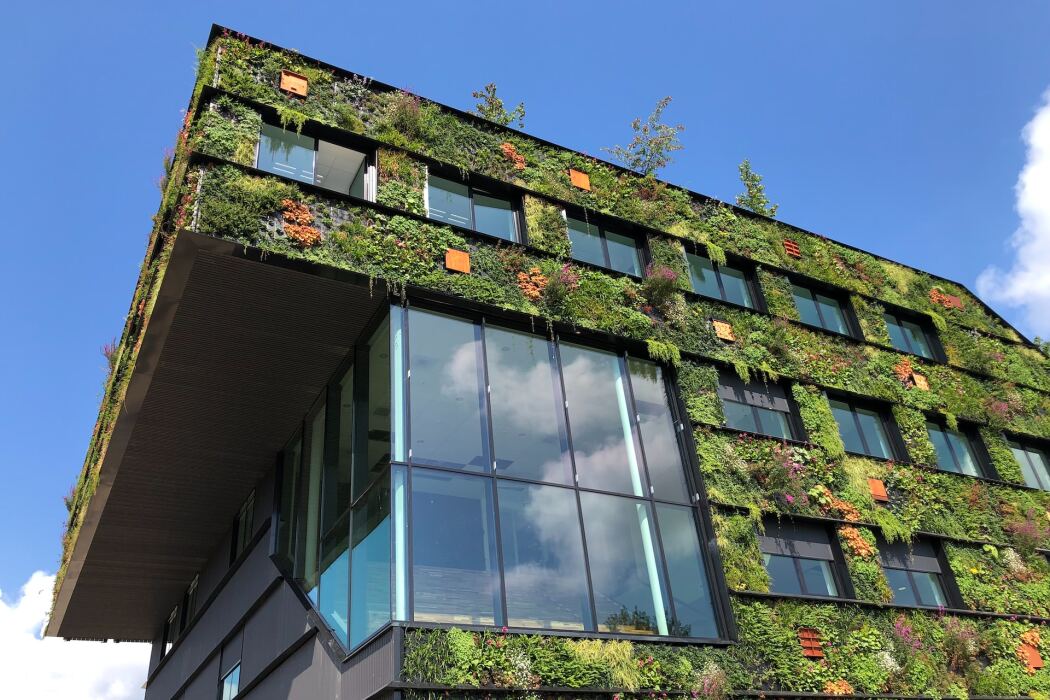The benefits of an energy audit in cities
Energy efficiency
Artificial light brings us many benefits, such as the feeling of safety in the streets, but the disadvantages it entails are greater, both in quantity and in significance.
We are talking about damage to ecosystems. Turtles that become disoriented by artificial light end up on the sand or road, getting run over or devoured by predators, instead of reaching the sea. Nocturnal butterflies (moths) that are distracted by this same light end their life cycle prematurely, failing to complete all stages, such as reproduction, thus reducing their population. This leads to a decrease in crop production, i.e., fewer fruits and seeds (which translates into economic losses, if ecological concerns are not enough).
It also negatively affects our circadian rhythms (the concept of sleeping at night and waking up during the day). A mismatch in this aspect can cause mental disorders and hormonal problems, among others.
Moreover, artificial light prevents us from observing the stars. While it may seem trivial, 83% of people cannot see them unless they drive more than an hour, in some cases much longer. This goes against our nature since, from ancient times, we have learned from observing the stars, an example being Egypt: where the Pyramids of Khufu, Khafre, and Menkaure are aligned with Orion's Belt.
In addition to this, there are two more disadvantages related to light pollution: the emissions of greenhouse gases, generated in producing all this electricity, which contribute to climate change, and the excess economic costs that this excessive and unnecessary lighting entails.
An energy audit conducted by a professional company serves to take a snapshot of the current energy state of the municipality and, from there, apply the specific measures needed in each case. These can include: switching to an energy supplier with a Guarantee of Origin, meaning that the energy is produced using renewables and does not emit CO2 (greenhouse gases); reviewing contracts, powers, consumption, etc., and adjusting them to actual needs; replacing obsolete lighting technologies, such as halogens, with LEDs; replacing current luminaires with shielded ones so that light is directed towards the ground and not upwards or sideways, or installing motion sensors and timers to save electricity.
This is not a novelty, as numerous cities have already conducted their energy audit. Undoubtedly, these are very affordable measures that can be applied after a good diagnosis and can translate into considerable economic savings.






